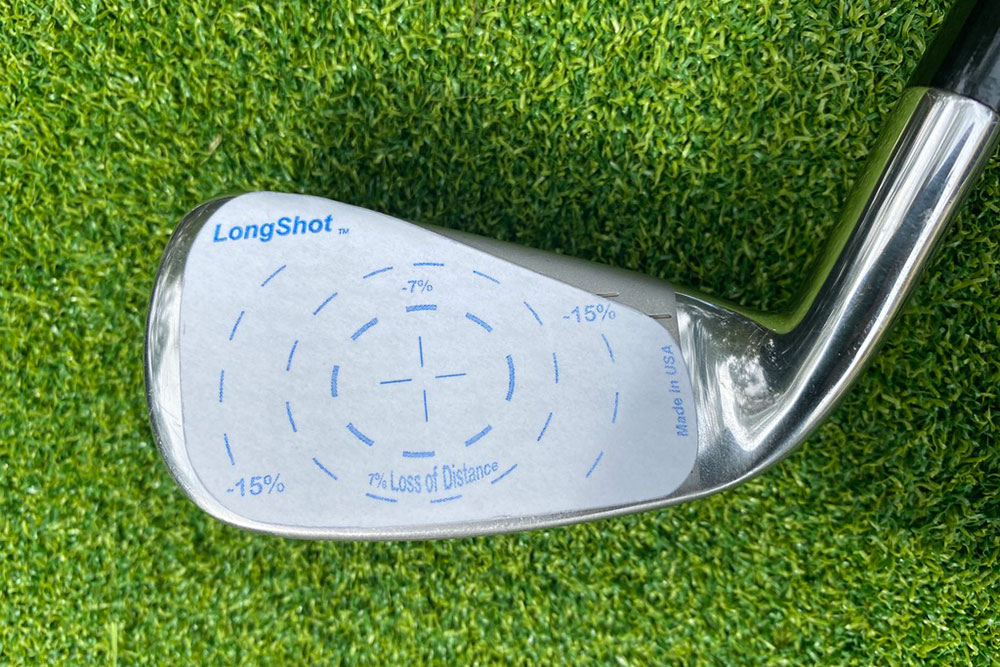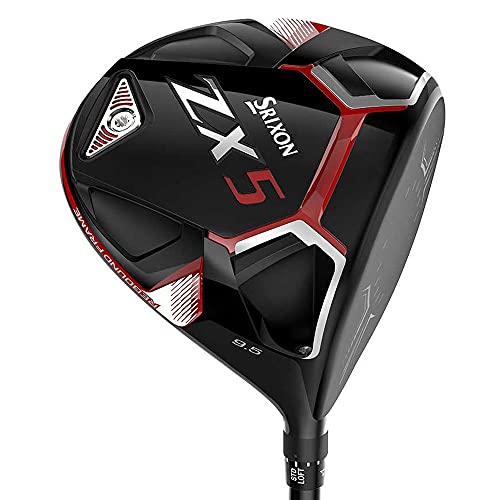
The putting green is a key component of your golf game. Before you can play on the actual course, you must practice on it. Rain, improperly cut greens, and too much or too few water all have an impact on the greens' performance. There are many methods to prepare for the course and how you should deal with them. Playing on different courses will help you to understand the green conditions. It is essential to practice on several courses in order to learn how green conditions change each day.
Putting green

A putting green for golf is a great tool to practice on. They are generally rectangular in shape but some have curved edges. Some people think that curved mats are easier than those made of rectangular material. Stimp meters can be used to determine the speed of your putting green. You won't need to spend too much time learning how to use your green once you are comfortable.
Types
There are many options for golf putting greens. Some are flat, which is great for practicing low-spin shot practice. Others are more challenging. No matter the situation, it is important to have enough space on your golf putting green for low-spin shots. While greens can take many forms, the most common are either oval- or oblong. You can have them flat or slightly sloped, with contours all over the surface. Choosing a putting green design for your golf course is largely a personal choice.
Sizes
Although the sizes of golf putting areas vary, there are some general guidelines. First, images showing putting greens need to be reduced to one inch for every five yards. The size of books that contain putting green images should not exceed 4 1/4 inches x 7 inches. Although they can be larger, hole location sheets should not exceed 9x7 inches. Only golfers with prescription glasses are allowed to magnify the information on the putting green.
Cost

The cost of putting in golf greens depends on the type and size of the construction. A synthetic putting lawn can cost as much as $20 per foot while a real green might only cost $.70 per foot. You should consider the size and complexity of your golf green. Larger greens may require more materials or take longer to install. A professional putting green installation is likely to cost anywhere from $18,000 to $24,000.
Placement
One of the most important parts of a golf putting green is its pin placement. This helps players choose how to approach the green. It may take longer to place the pin on the back side of the green than it does on the front. Players need to choose where they want to place their ball. Pin placement on golf courses can vary from one day of the week to another. Because superintendents rotate pin placements on every green, this is possible.
FAQ
What is a golf ball like?
A golf ball is usually made of rubber or plastic. It bounces when it hits because of its dimpled surface.
What is the best thing to bring on a vacation to the fairway?
Consider bringing snacks and drinks. Make sure to bring snacks and drinks.
What equipment should I bring when playing golf?
Golfers need to wear clothing suitable for the weather conditions. Golfers should wear long trousers and a shirt (with sleeves) with good grip. When playing outdoors, players should wear sunscreen and sunglasses.
It is advisable to bring a towel to wipe the sweat off your face and body after exercising. Additionally, you should bring a hat.
Where can I locate a golf course in my area?
Many cities have their golf courses. These courses are a great place to practice your swing in quiet and peace.
Or, you could choose to go to one of the country’s many golf courses if you prefer a more intimate atmosphere.
Is golfing dangerous?
Although golf is not considered an extremely dangerous sport, it can cause injury. If you are swinging a club, for example, your arm might be broken.
But most injuries occur when you fall off your golf car.
Statistics
- He shanked the first attempt, but it is estimated his second went more than 200 yards (180 m).[52]Golf courses worldwide. Below are the top 20 countries with the most golf courses as of 2019.[53]CountryNumber of (en.wikipedia.org)
- Buying a set of Titleist or Taylor-Made irons for nearly $1,000 is simply not necessary and likely a waste of money. (golficity.com)
- In the United States, the number of people who play golf twenty-five times or more per year decreased from 6.9 million in 2000 to 4.6 million in 2005, according to the [51] (en.wikipedia.org)
- In the United States, women made up 25 percent of golfers in 2021, which was up from 19 percent in 2011, and junior female golfers account for 35 percent or 1.1 million golfers.[50] (en.wikipedia.org)
External Links
How To
How do you play better golf in windy conditions?
Golf is a game played outdoors on open grassy areas. It is one of most well-known sports. There are many kinds of golf courses in the world. They range from public parks and private clubs. Indoor golf can also be played, such as in shopping malls or indoor arenas. There are a series holes that players must hit their balls into. Each hole is equipped with a fairway, rough and hazards (e.g. water) Depending on the type of shot, players can use a driver or wedge, long iron, putter or long iron. Depending on the rules of the course, players may have to carry the ball up to a certain distance before hitting it, or they may only have to drop the ball in the cup. Playing outdoor golf has many conditions that can affect the way a player hits their shots. These include temperature, humidity and visibility.
There are two types main winds: headwinds or crosswinds. Headwinds blow from the right to the left and crosswinds are from the left. If the wind is blowing toward the golfer then it's hitting against the winds. If the wind moves away from him/her then it's hitting with the winds. Playing golf in a strong wind is much harder because the ball tends to fly higher and further. This makes it harder for the player controlling the ball's trajectory. To counter these effects, players keep the club's face perpendicular with the ground. They strike it in a way that makes it contact the ball fully and maximizes its power. Although the ball may fly slower in stronger wind, it can travel farther because of increased air resistance.
Playing in the wind can be difficult. The wind influences the ball's flight path. A good golfer should always know what kind of wind is currently affecting the area. He/She will adjust their swing to match the wind conditions so they can hit the ball straight and without losing energy. Another important aspect to consider is where the wind is coming from. Wind does not travel in the same directions. For example, the wind from the ocean tends to be quite light, but it's often stronger near shoreline. Similarly, the wind blows strongest close to the ground. These factors mean that golfers must be aware of the direction and intensity of the wind.
Golf in the wind is a constant adjustment process. You need to watch the wind and make sure that your swing is aligned properly. Learn how to read the winds and adjust your swing accordingly.